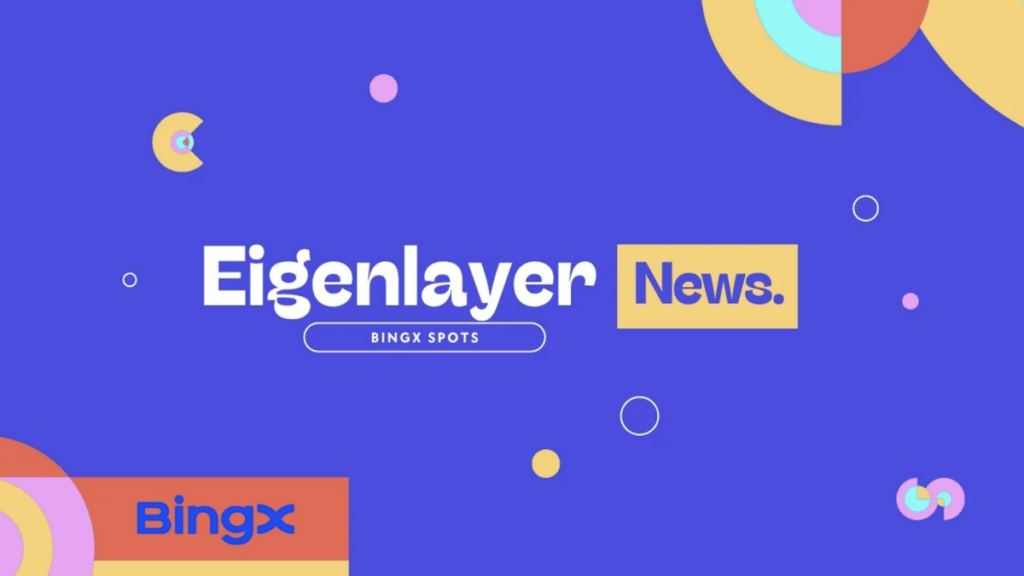The future of web3 social media platforms is a topic that has gained significant attention in recent years. With the increasing popularity and adoption of cryptocurrencies, blockchain-powered social media networks are steadily emerging as the next big thing in digital networking.
But what exactly is web3 social media? How does it differ from traditional social media platforms? And why are experts predicting that it could be the future of digital communication? Let’s explore these questions in more detail.
What is Web3 Social Media?
Web3 social media refers to social networking platforms that are built on blockchain technology. Blockchain, also known as distributed ledger technology, is a decentralized system that allows for the secure and transparent storage and transfer of data. This eliminates the need for intermediaries or central authorities, making it a highly efficient and secure method of communication.
Compared to traditional social media platforms, which are owned and operated by a single entity, web3 networks are decentralized. This means that no single entity has control over the platform, making it more democratic and resistant to censorship.
In addition to decentralization, web3 social media platforms offer users greater ownership and control over their data. In traditional social media networks, users often have little control over how their data is used and shared. This can lead to privacy concerns and data breaches. With web3, users have the option to store their data on a decentralized network, giving them complete ownership and control over their data.
Another key difference between web3 social media platforms and traditional ones is the use of cryptocurrency. Cryptocurrencies, such as Bitcoin and Ethereum, are digital assets that can be used to facilitate transactions on the blockchain. Many web3 platforms use their own native cryptocurrency as a means of rewarding users for their contributions to the network. This incentivizes users to create high-quality content and engage with others on the platform.

Decentralized Control
But why are experts predicting that web3 social media could be the future of digital communication? One reason is the increasing demand for privacy and data ownership. In recent years, there has been a growing concern over how social media giants collect and use user data. With web3 platforms, users have more control over their data, offering a solution to this issue.
Moreover, decentralization and blockchain technology offer greater security and resistance to censorship. With traditional social media platforms, content can be removed or censored by the platform’s owner. This can limit freedom of speech and expression. On web3 social media networks, content is stored on a decentralized network, making it nearly impossible to censor or remove.
In addition to these benefits, web3 social media platforms have the potential to disrupt the current advertising model used by traditional social media networks. Instead of relying on targeted ads, web3 platforms can use microtransactions to reward users for their engagement and content creation. This could create a more equitable system where users are fairly compensated for their contributions.
The Future of Web3 Social Media
As more people adopt cryptocurrencies and blockchain technology, the potential for web3 social media platforms to become the new norm in digital communication is increasingly likely. In fact, some blockchain-powered social media networks are already gaining traction among early adopters.
In conclusion, web3 platforms offer a more democratic, secure, and user-centric approach to digital networking. With their focus on decentralization, data ownership, and cryptocurrency integration, they have the potential to disrupt the traditional social media landscape. As we look towards the future, it will be exciting to see how web3 social media continues to evolve and shape the way we connect and communicate online.
Learn the basics: Understand blockchain, crypto wallets, and basic Web3 concepts.
Choose a platform: Explore different options based on your interests and technical comfort level.
Set up your profile: Connect your wallet and start creating or interacting with content.
Join the community: Connect with other users and learn from experienced participants.
Lens Protocol: Decentralized social media on blockchain, integrating with NFT profiles.
Diamond App: Combines social media with investing in creators through their tokens.
Mastodon: Federally-connected network of independent, user-owned servers with customizable experiences.
Syndicate: Rewards readers and writers with tokens for engaging with high-quality content.
Greater control: You own your data and content, deciding how it’s used and monetized.
Transparency: Operations and algorithms are open for everyone to see, building trust.
Fairer creator economy: Creators directly benefit from their content without platform gatekeepers taking a cut.
Community governance: Users have a say in platform rules and policies.
Limited user base: Web3 is still new, so platforms lack the same user numbers as Web2 giants.
Technical complexity: Learning about blockchain and crypto wallets can be challenging for newcomers.
Security concerns: As with any new technology, scams and security vulnerabilities exist, demanding caution.
They’re social media platforms built on blockchain technology, prioritizing decentralization, user ownership, and privacy. Unlike Web2 platforms controlled by corporations, Web3 platforms empower users with:
Data ownership: You control your data, not some company.
Censorship resistance: Content moderation is community-driven, promoting freedom of expression.
Monetization opportunities: Earn directly from your content through tokens and NFTs.
Author

Veteran gamer with a deep-seated interest in the evolving NFT and Web3 space.




